
How to Unclog a Sink Drain Without Calling a Plumber

A clogged sink drain is more than just a minor inconvenience—it can throw off your entire routine. Whether you're trying to wash your hands, rinse dishes, or take a quick shower, slow-draining water turns even the simplest tasks into frustrating chores. In apartments, where plumbing systems are often interconnected or more compact, the problem tends to escalate more quickly.
Worse still, a blocked drain can lead to foul odors, water overflow, and even bacteria buildup—turning what starts as a small plumbing issue into a potential health hazard.
The good news? You don’t always need to reach for the phone and call in maintenance—or worse, attempt to dismantle the plumbing system yourself. Before you do either, try these effective and easy DIY methods for unclogging your drain.
1. Use a Tool to Physically Remove the Blockage
If the clog is caused by hair, food particles, or other visible debris, the first and most direct solution is to try removing it manually.
What to use:
-
A small drain-cleaning tool or plastic drain snake (readily available at hardware stores)
-
Or make your own: Bend a wire hanger into a hook or cut a thick straw diagonally to create a scraping edge
Pro Tips:
-
Insert the tool gently to avoid pushing debris further down
-
Use a flashlight to inspect the drain opening for visible blockages
-
Avoid using tools with small detachable parts that could accidentally worsen the clog
Extra Tip: If the drain has a stopper, remove it to get better access.
2. Try a Sink Plunger for Pressure Power
For clogs deeper in the pipes, especially those caused by tangled hair or food scraps, a sink plunger can be surprisingly effective. It uses suction and pressure to dislodge whatever is blocking water flow.
Best for: Solid blockages caused by items like vegetable peels, coffee grounds, or paper bits
How to do it:
-
Fill the sink partially with water
-
Position the plunger securely over the drain
-
Pump it up and down firmly for 20–30 seconds
-
Remove the plunger and check if the water drains
Note: This method may not be very effective for grease-based clogs.
3. Use Baking Soda and Vinegar (or Citric Acid)
This well-known natural method is not only chemical-free but also effective for small clogs and odor control.
How to do it:
-
Pour ½ cup of baking soda into the drain
-
Follow with ½ cup of vinegar or citric acid
-
Allow the mixture to fizz and sit for 30 minutes
-
Flush the drain with warm (not boiling) water
Why it works: The fizzing action helps loosen grime and buildup without damaging your pipes.
Bonus: This method also eliminates unpleasant smells caused by stagnant water or decaying particles.
4. Use Dish Detergent and Warm Water for Grease Clogs
Grease and oil buildup is a common cause of kitchen sink clogs. Dish detergent, which contains surfactants and degreasers, can help dissolve the fats causing the blockage.
Steps:
-
Mix 1 part dish detergent with 3 parts hot (not boiling) water
-
Stir thoroughly
-
Carefully pour the mixture along the sides of the drain
-
Let it sit for 15–20 minutes
-
Rinse with warm water again
Important: Never pour boiling water down plastic pipes, as the heat can soften or warp them.
Pro Tip: Repeat weekly as a preventive measure if your sink frequently handles greasy residue.
5. Use Commercial Drain Cleaners—Cautiously
If natural solutions fail and you're still facing a stubborn clog, commercial drain cleaners might be necessary. These are highly effective but also highly corrosive, so use them only as a last resort.
Safety Guidelines:
-
Wear rubber gloves, eye protection, and a mask
-
Keep the area well-ventilated
-
Never mix with other chemicals (especially bleach or vinegar—it can cause toxic gas)
-
Always follow the manufacturer’s instructions closely
Note: Overuse of chemical cleaners can damage pipes over time, especially older or PVC ones.
Prevention Tips: How to Keep Your Drain Flowing Freely
The best way to handle clogged drains? Avoid them altogether. With a few simple habits, you can dramatically reduce the risk of buildup.
-
Install a drain screen to catch hair, food particles, and soap scum
-
Never pour cooking oil, grease, or fat down the sink—even in small amounts
-
Flush your drain weekly with warm water to prevent gunk from settling
-
Scrape food scraps into the trash or compost bin before washing dishes
-
Use a biological drain cleaner once a month to help keep pipes clean without harsh chemicals
Extra Tip: Keep a bottle of white vinegar and baking soda on hand for monthly maintenance.
Final Thoughts
A clogged sink doesn’t have to ruin your day—or your wallet. With just a few basic tools and everyday household items, you can often resolve the problem yourself in under an hour.
Not only do these methods save money, but they also promote a cleaner, healthier home environment and extend the life of your plumbing.
Of course, if the clog persists after trying all these steps—or you notice water backing up in multiple fixtures—it may be time to call a licensed plumber. But in most cases, a bit of know-how and some simple DIY solutions are all it takes to keep the water flowing and your sink stress-free.
News in the same category


There’s a Hidden Button on Your Air Conditioner Remote: Turning It On Can Cut Your Monthly Electricity Bill in Half — Don’t Miss Out If You Don’t Know!
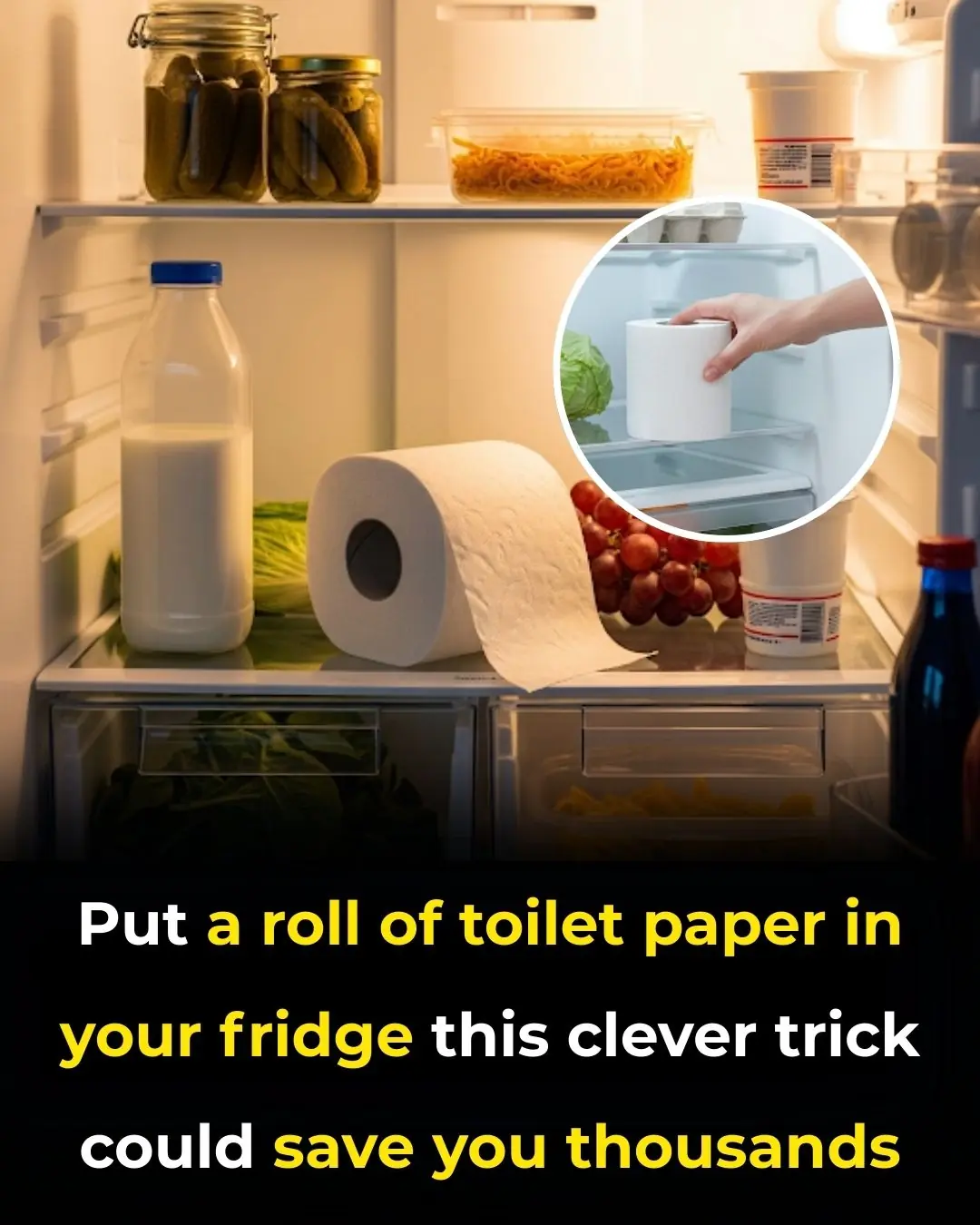
Great hacks every family needs
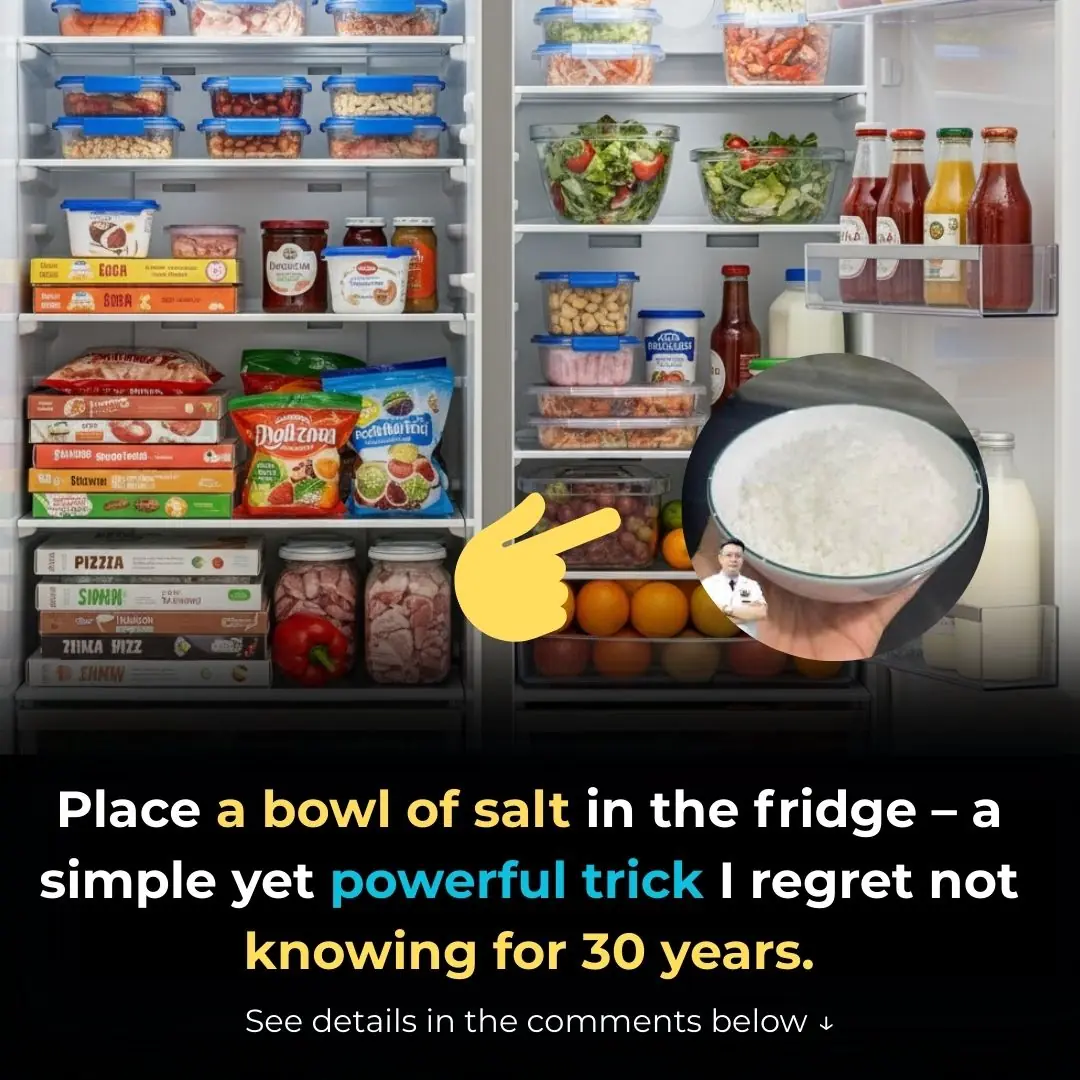
A small but effective tip
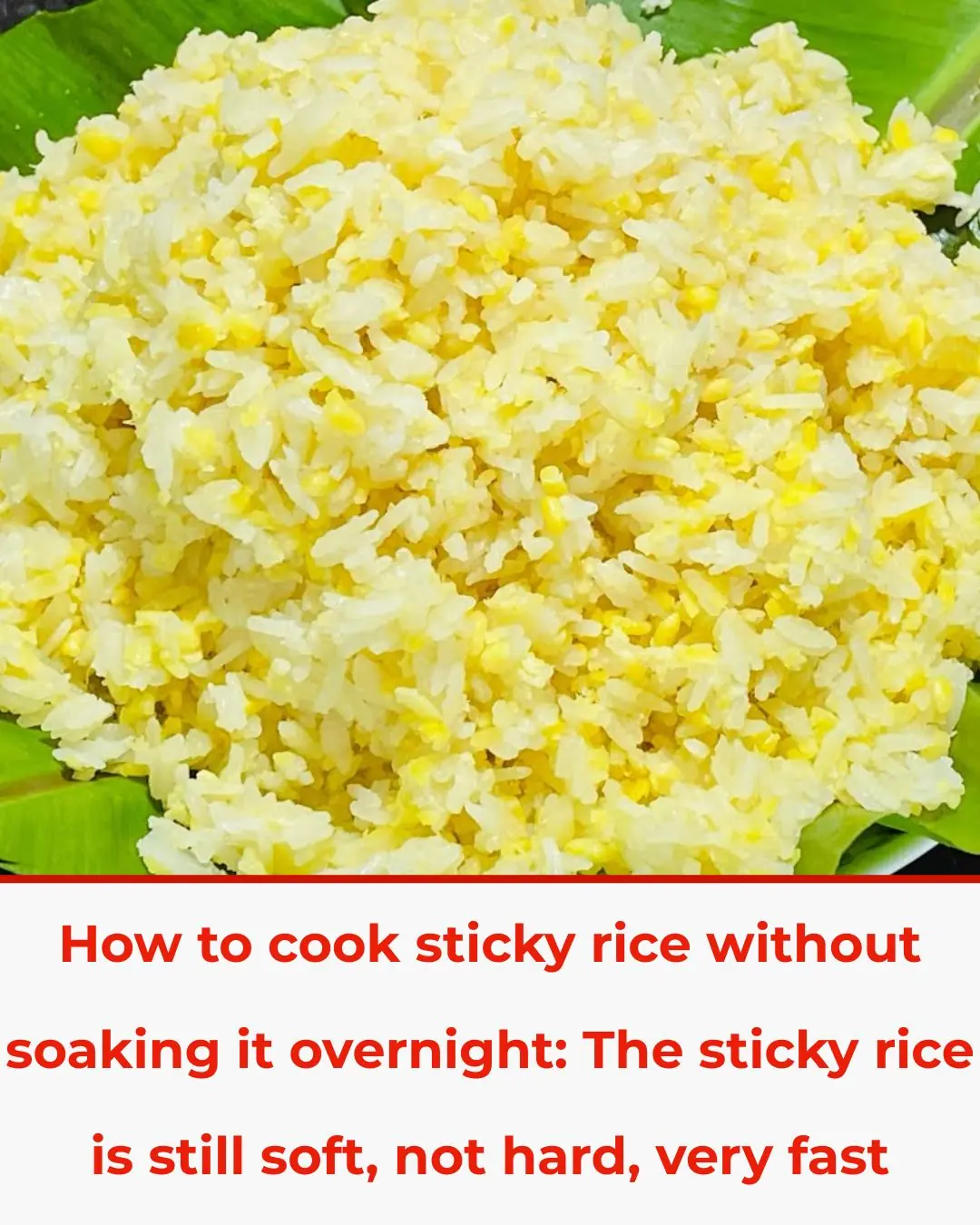
How to Cook Sticky Rice Without Soaking Overnight: Soft, Chewy, and Super Fast

Expiring Food: Should You Buy It or Not? The Answer Might Be the Opposite of What You Think
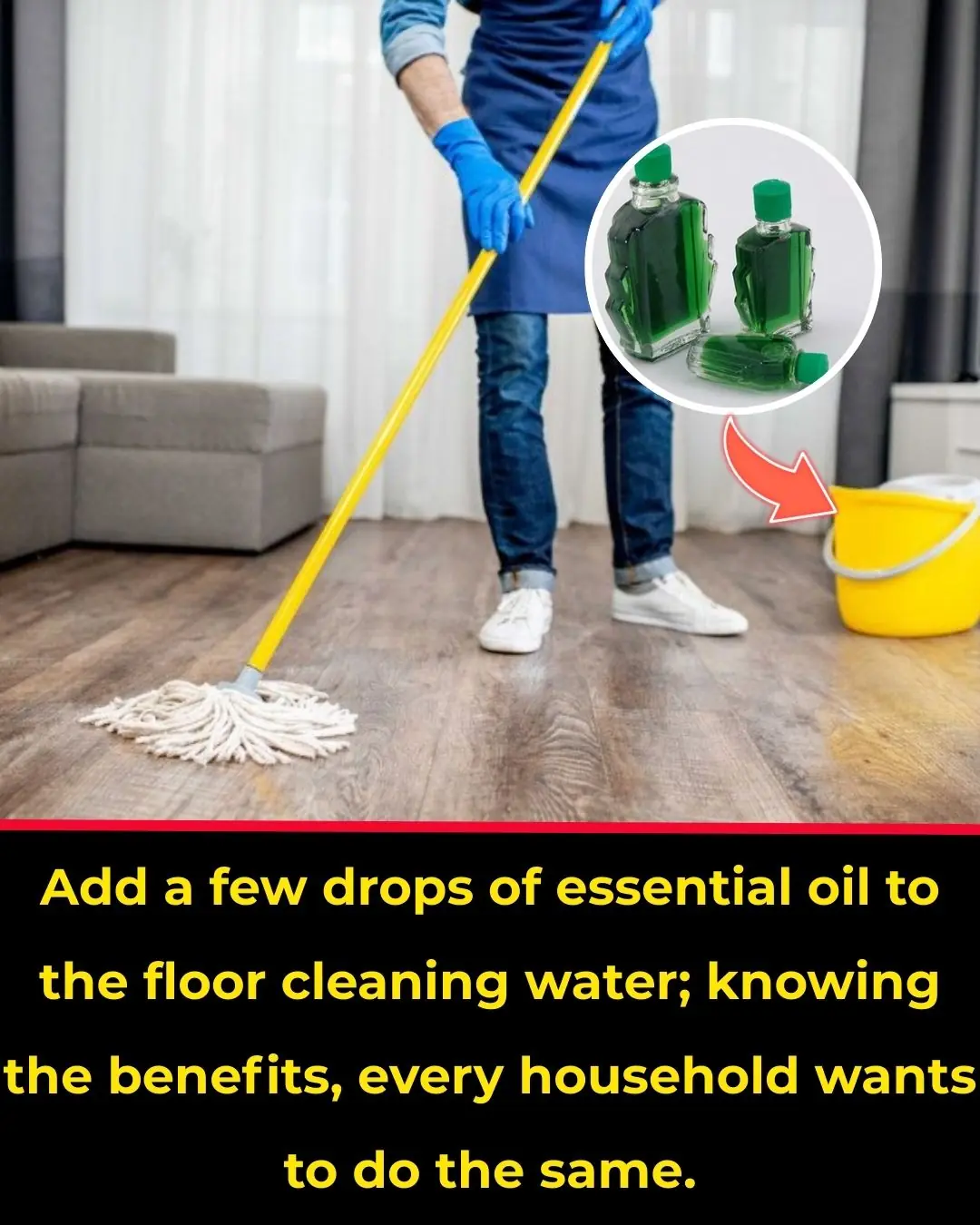
Add a few drops of essential oil to the water used to clean the floor. Knowing the benefits, every family wants to follow suit.
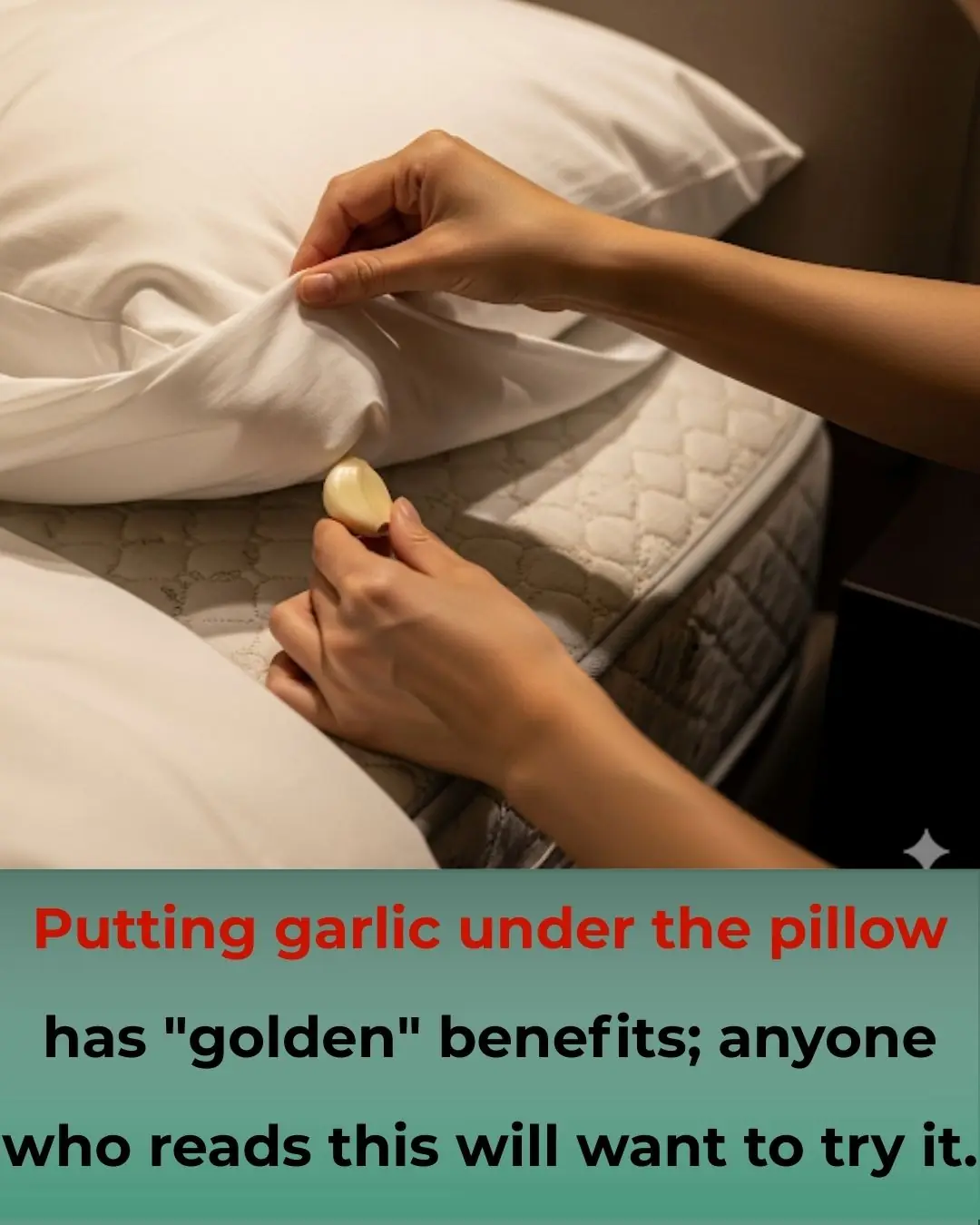
Put garlic at the bedside, its "golden" uses, anyone who reads this will want to try it.

4 toxic plastic items

The Chicken Seller Said: "These 3 Types of Chicken Meat, No Matter How Cheap They Are, I Never Buy..."

Hanging a Towel on the Door Handle Before Bed: Unexpected Benefits That Few People Know
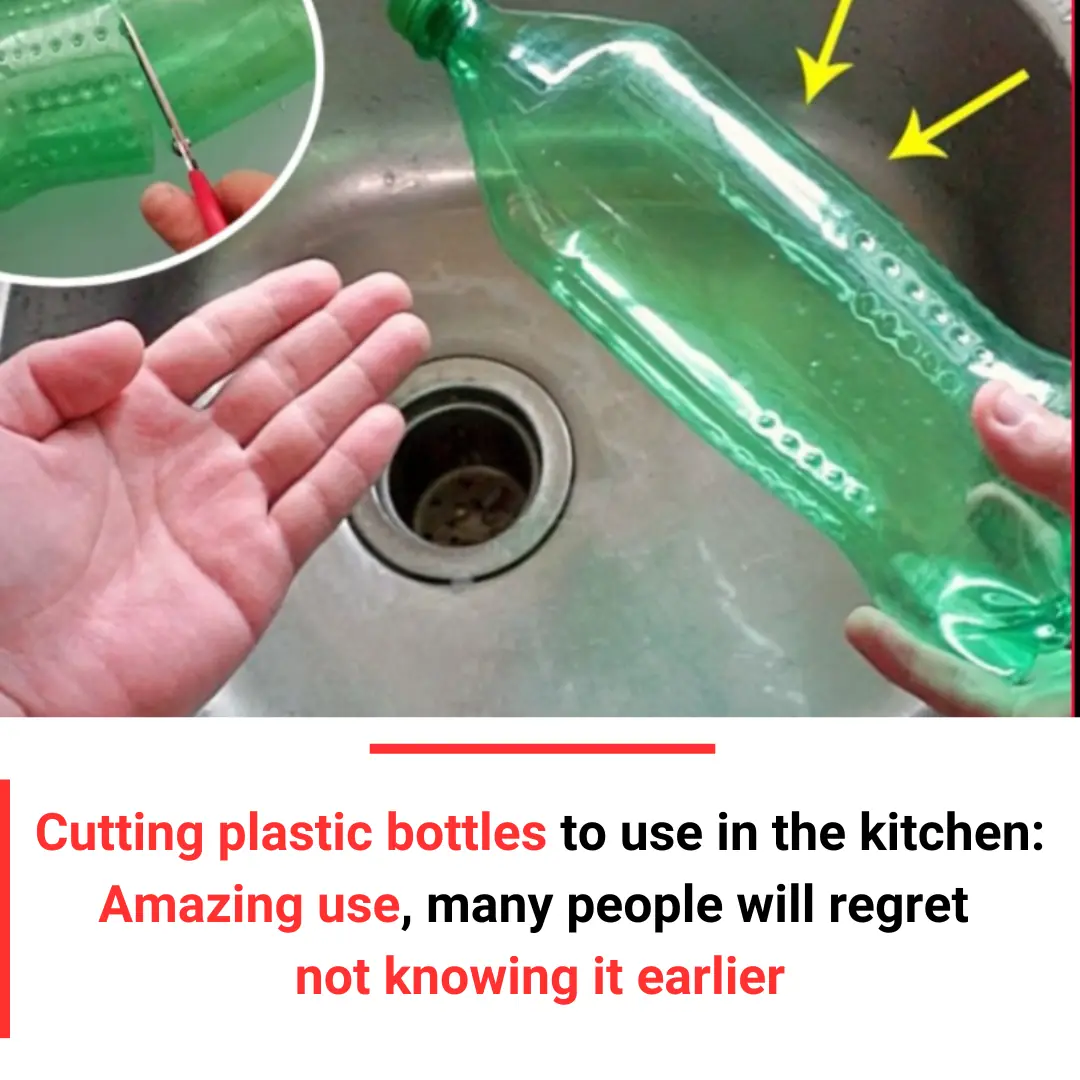
Cutting Plastic Bottles for the Kitchen: Amazing Uses You’ll Wish You Knew Sooner
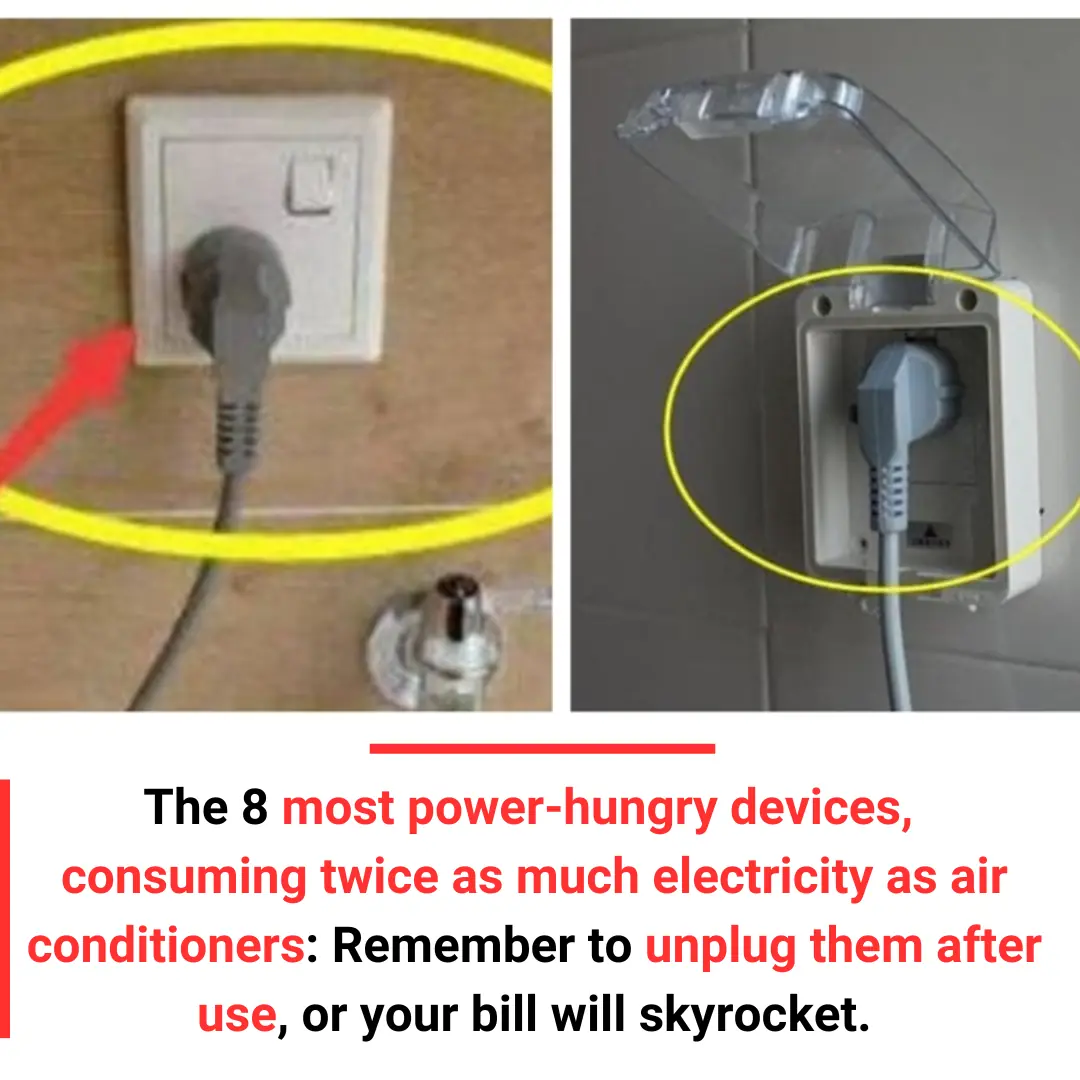
The 8 Most Power-Hungry Devices: Unplugging Them Can Save You More Than You Think

The Ancient Wisdom: Kitchen Directions and Bed Placement in Feng Shui

What should you do if someone has a stroke?

What You Need to Know About the Nutritional Value of Figs

4 Foods You Should Never Reheat: Health Risks Explained

When buying loofah, should you choose the dark green or light green ones for better taste? Many people who have been shopping for years still don't know this.

Two quick and easy ways to wash yellowed pillow fillings, instantly turning them bright white like new.
News Post

There’s a “Hidden Switch” on Your Water Heater: Using It Properly Can Make It Last Over 10 Years

There’s a Hidden Button on Your Air Conditioner Remote: Turning It On Can Cut Your Monthly Electricity Bill in Half — Don’t Miss Out If You Don’t Know!

Simple T-Shirt Image Is Driving the Internet Crazy

Great hacks every family needs

Early Signs of Liver Damage & How to Strengthen Your Liver
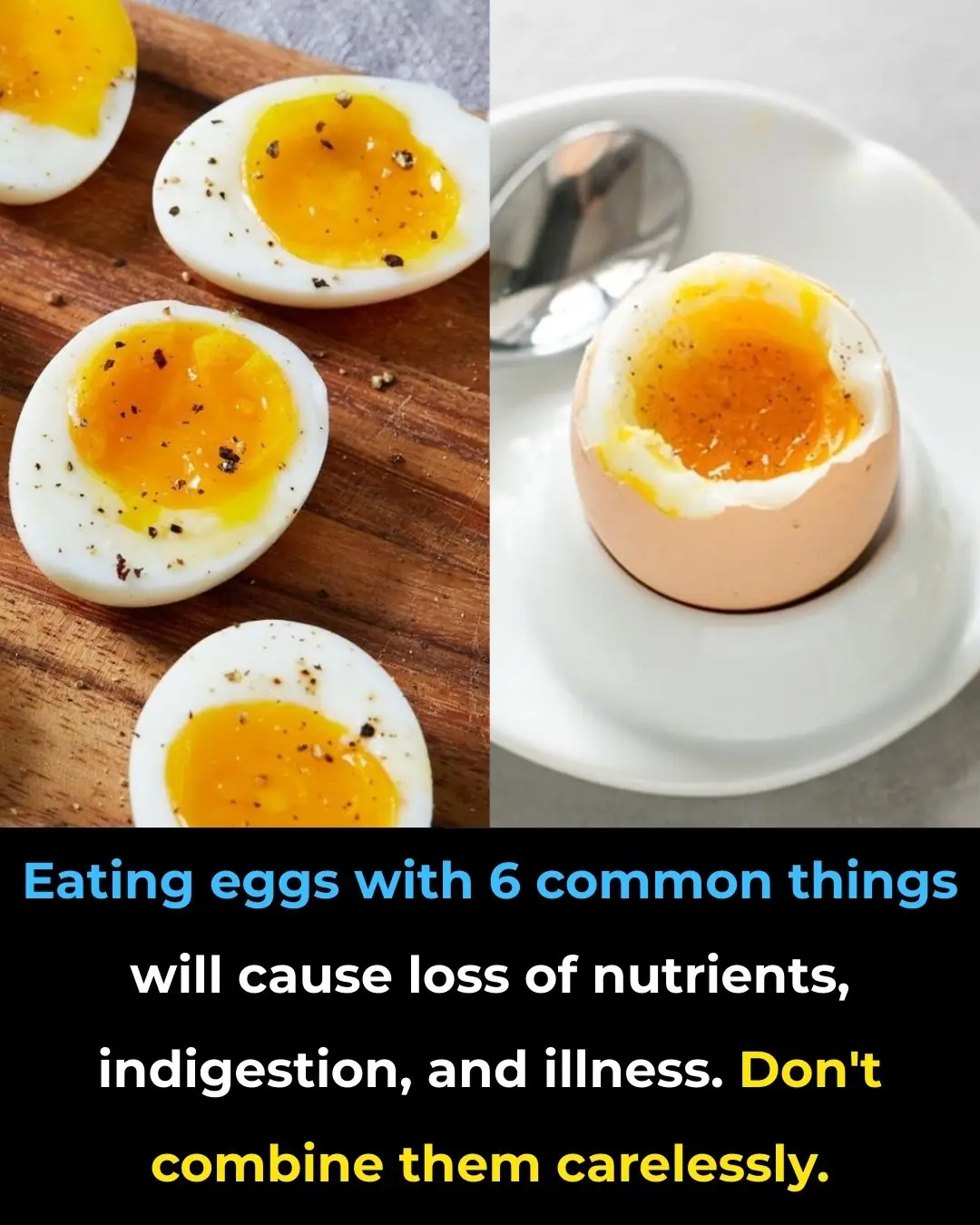
6 Foods You Shouldn’t Eat With Eggs

Cardiologist Reveals the #1 Exercise to Prevent a Heart Attack
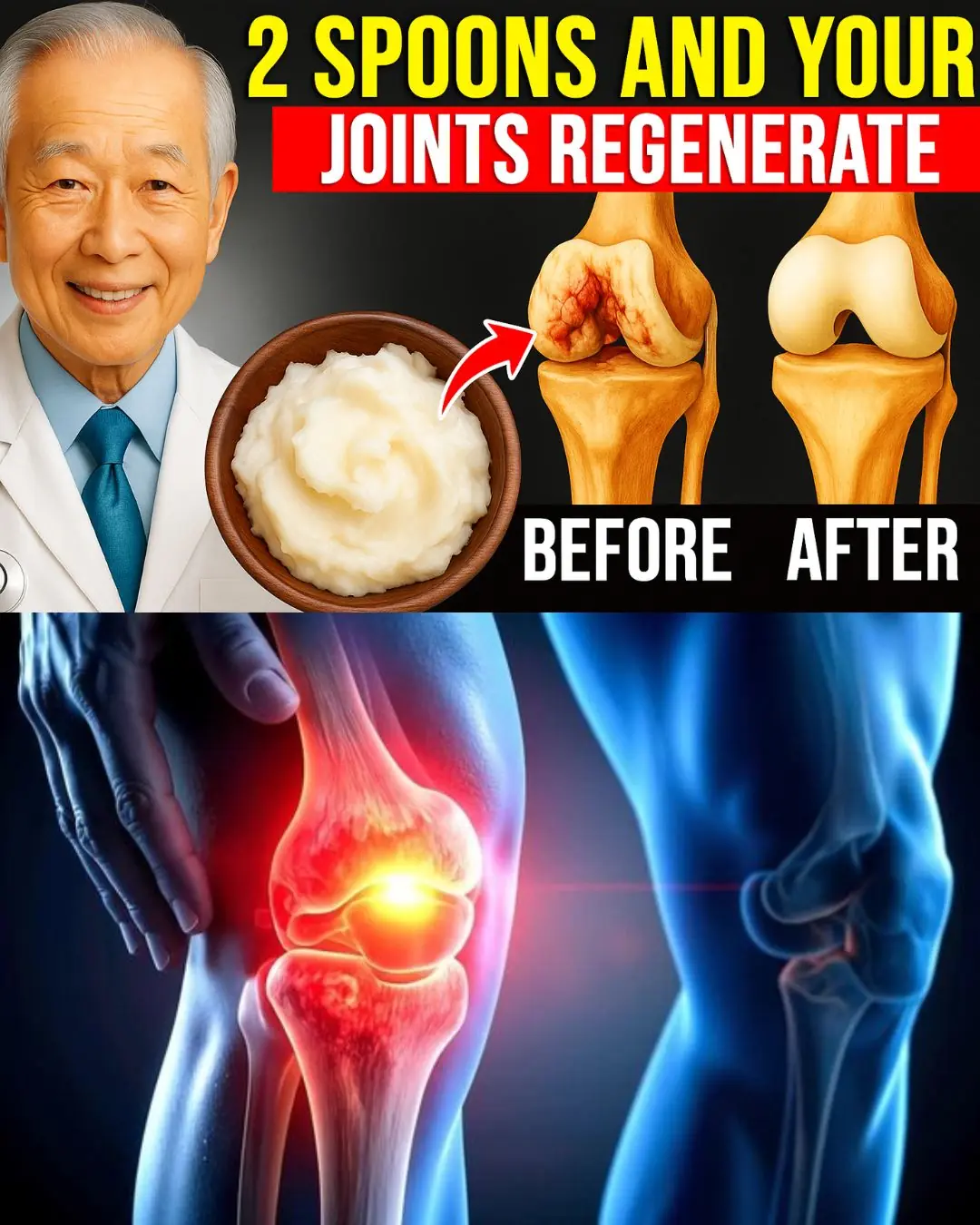
Boost knee cartilage with this simple but powerful drink

A small but effective tip

How to Cook Sticky Rice Without Soaking Overnight: Soft, Chewy, and Super Fast

Expiring Food: Should You Buy It or Not? The Answer Might Be the Opposite of What You Think

Couple’s Walk Leads to a Rare $70,000 Ambergris

Woman Experiences Intense Leg Pain, Discovers She Has a Rare Ancient Disease Once Called ‘Holy Fire’

Homemade Baking Soda Cream: Say Goodbye to Wrinkles and Dark Spots

Goodbye, Blood Sugar! A Simple Natural Drink That Helps Balance Glucose Levels

Tomato Benefits for Skin – Rub Tomato Slice on Face

Science Reveals How This Physical Trait May Indicate Narcissism

Nighttime Habits That Increase Your Risk of Stroke
